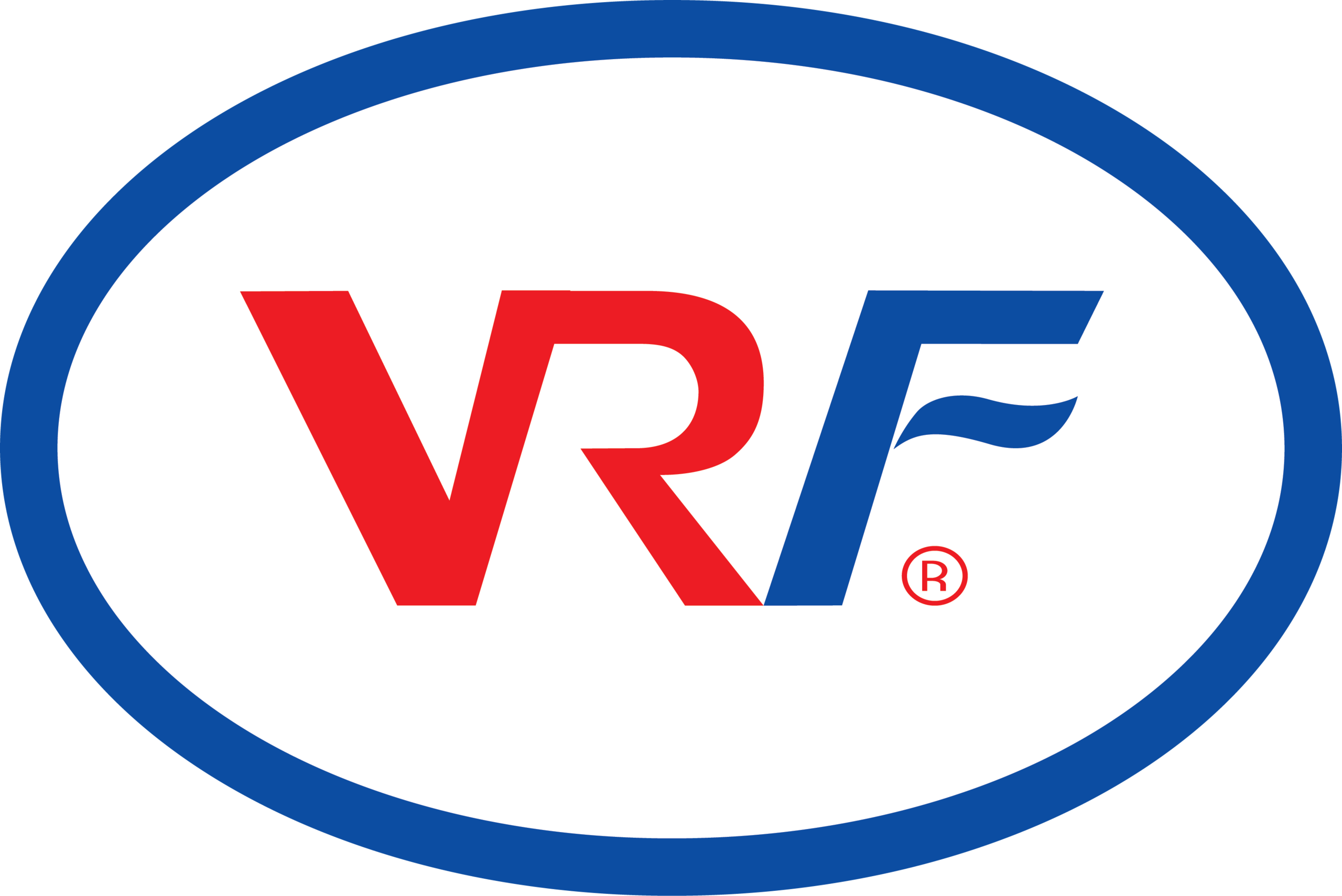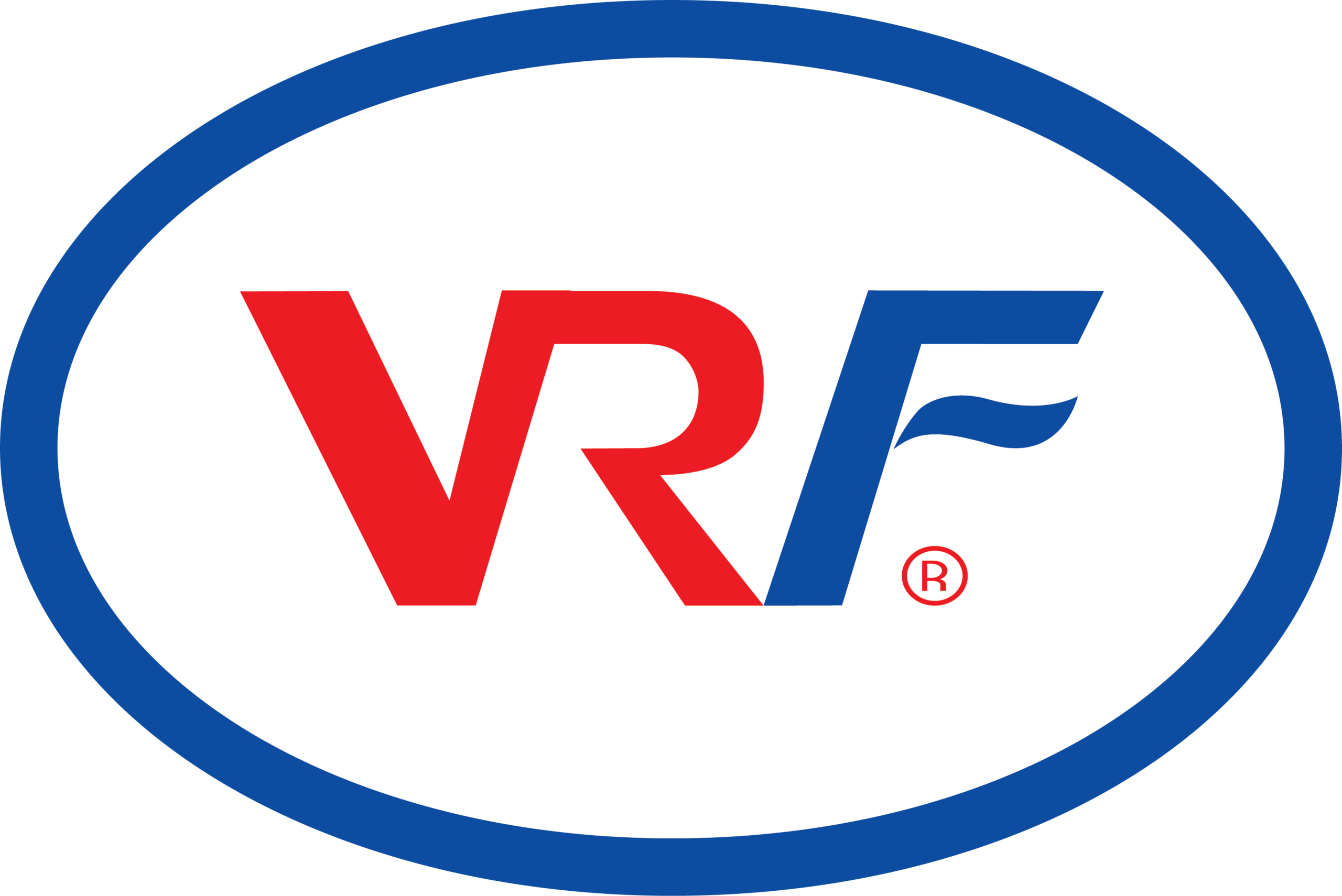The global Malonic Acid Market, though poised for steady expansion, faces several challenges that could influence its long-term trajectory. Malonic acid’s versatility and chemical reactivity have made it valuable for applications across pharmaceuticals, agrochemicals, and polymer manufacturing. However, factors such as raw material price volatility and environmental regulations are shaping the competitive dynamics of the industry.
A major challenge lies in the cost-intensive nature of malonic acid production. Conventional synthesis methods often involve multiple reaction steps, contributing to higher operational costs. This can limit profitability, particularly for small-scale producers. Additionally, fluctuations in raw material availability affect pricing and supply chain stability, especially in developing regions.
The Malonic Acid Market is also subject to environmental regulations aimed at reducing carbon emissions and waste generation. Compliance with these standards often requires investment in cleaner technologies and process optimization, posing short-term financial strain on manufacturers. Nonetheless, these challenges are spurring innovation and driving the shift toward bio-based production.
An in-depth Malonic Acid market challenges analysis highlights that increasing competition from substitute chemicals and fluctuating demand in certain sectors may temporarily affect growth rates. However, technological advancements such as enzymatic synthesis and green catalysts are emerging as viable solutions to enhance production efficiency.
In the long run, overcoming these obstacles will depend on strategic partnerships, research-driven innovations, and adherence to global sustainability standards. As the chemical industry evolves toward eco-conscious manufacturing, the Malonic Acid Market will likely witness renewed momentum, supported by policy frameworks and rising industrial investments.


